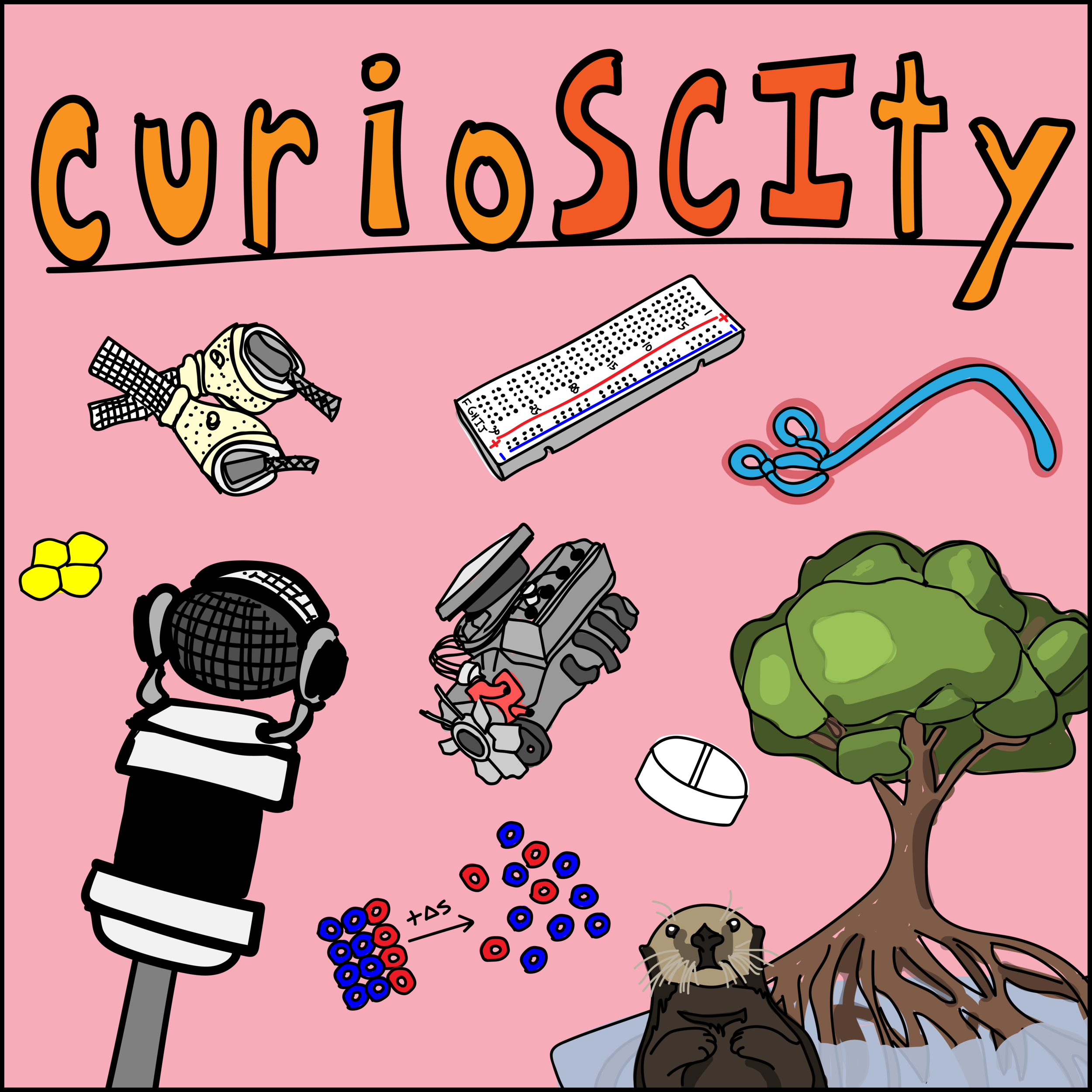107 - Animal Consciousness II (w/ Molly Rathbun!)
107. Animal Consciousness II
Sometimes it’s hard to define philosophical concepts scientifically; often it’s troubling to consider science philosophically. Today we’ll talk about consciousness and how Homo sapien sapiens fit into the kingdom of animalia and beyond. Let’s learn to be scientifically conversational.
General Learning Concepts
“But birds have only rarely assembled verbal symbols into their own, original proto-sentences. And, of course, none has declared itself conscious.
That’s too bad, because philosophers tend to regard such statements as the best possible evidence of another being’s consciousness, even among humans. Without one, no matter how long I stared into the crow’s black pupil, wishing I could see into the phantasmagoria of its mind, I could never really know whether it was conscious. I’d have to be content with circumstantial evidence.”
When did consciousness begin?
Language?
“Researchers have long debated when humans starting talking to each other. Estimates range wildly, from as late as 50,000 years ago to as early as the beginning of the human genus more than 2 million years ago. But words leave no traces in the archaeological record. So researchers have used proxy indicators for symbolic abilities, such as early art or sophisticated toolmaking skills. Yet these indirect approaches have failed to resolve arguments about language origins.” https://www.sciencemag.org/news/2015/01/human-language-may-have-evolved-help-our-ancestors-make-tools#:~:text=Researchers%20have%20long%20debated%20when,traces%20in%20the%20archaeological%20record.’
Much sooner, before humans?
Why evolve consciousness
https://www.theatlantic.com/science/archive/2016/06/how-consciousness-evolved/485558/
Attention Schema Theory
Consciousness is an efficient way for the nervous system to filter through constant information overflow
Selective signal enhancement - which neuron’s signal is strongest is the signal upon which the organism acts
Hydras do not have this, arthropods do, so after 700 million years ago
Tectum - centralized controller of the nervous system - 520 mya
Internal model - keep track of physical movement, allowing for prediction and planning, overt attention
All vertebrates including lampreys, but not invertebrates, so 520 million years ago, also known as the Cambrian Explosion
Enter consciousness: This is where things get weird: 350 million years ago, reptiles, mammals, birds all have cortex area
This next part is all non-physical (except for the role of neurons)
Tracks sensory events, enhance tracking of sound and movement and storing that event, even memories and thoughts
Covert attention - allows you to be aware of and focus on things without looking directly at them - this is the spotlight - can still focus attention resources - all happens virtually in your head
How to control this virtual movement -- attention schema
Constant “Refresh” of where you attention is, what its doing, and what it means
Social cognition (probably sometimes around or after reptiles)
Eventually this all becomes attention schema for what others around you are thinking and doing (recognizing consciousness of others)
Culture in non-human animals
Tool use patterns amongst sub-populations of species
Chimps
Gombe Nat’l Park, Tanzania
Jane Goodall
1960
https://advances.sciencemag.org/content/3/4/e1602750/tab-pdf
Australian “Firehawk” raptors
Communication between humans and non-human animals
Crow recognition of specific humans
What are the ethical implications of animal consciousness?
Variability in consciousness across the animal kingdom
Its not enough to not eat the animal
Do plants have consciousness?
Depends on the definition by which consciousness is measured. For example, a model defined by neuroscientist Todd E. Feinberg and evolutionary biologist Jon M. Mallatt on the minimum brain structures and functions required for consciousness in animals would potentially exclude plants. This doesn’t stop “plant neurobiologists” from arguing counter, however. https://www.cell.com/trends/plant-science/fulltext/S1360-1385(19)30126-8#:~:text=Glossary-,Highlights,in%20plants%20is%20highly%20problematical.
Do bacteria have consciousness?
“So, what about bacteria, the simplest of all cells? Four aspects of bacterial behaviour have received much attention so far: chemotaxis, signal transduction, quorum sensing and the formation of large morphologies. Bacterial signal transduction—more than 50 signals have so far been identified—is controlled by a phosphoneural network in which changes in phosphorylation create or break network connections, thereby acting as logical operators (Hellingwerf, 2005). This process is analogous to changes in dendritic connections in the brain and it enables bacteria to make ‘informed decisions'. Autoamplification of parts of the network in response to environmental signals results in ‘learning behaviour' (Hellingwerf, 2005).” https://www.ncbi.nlm.nih.gov/pmc/articles/PMC3245704/


